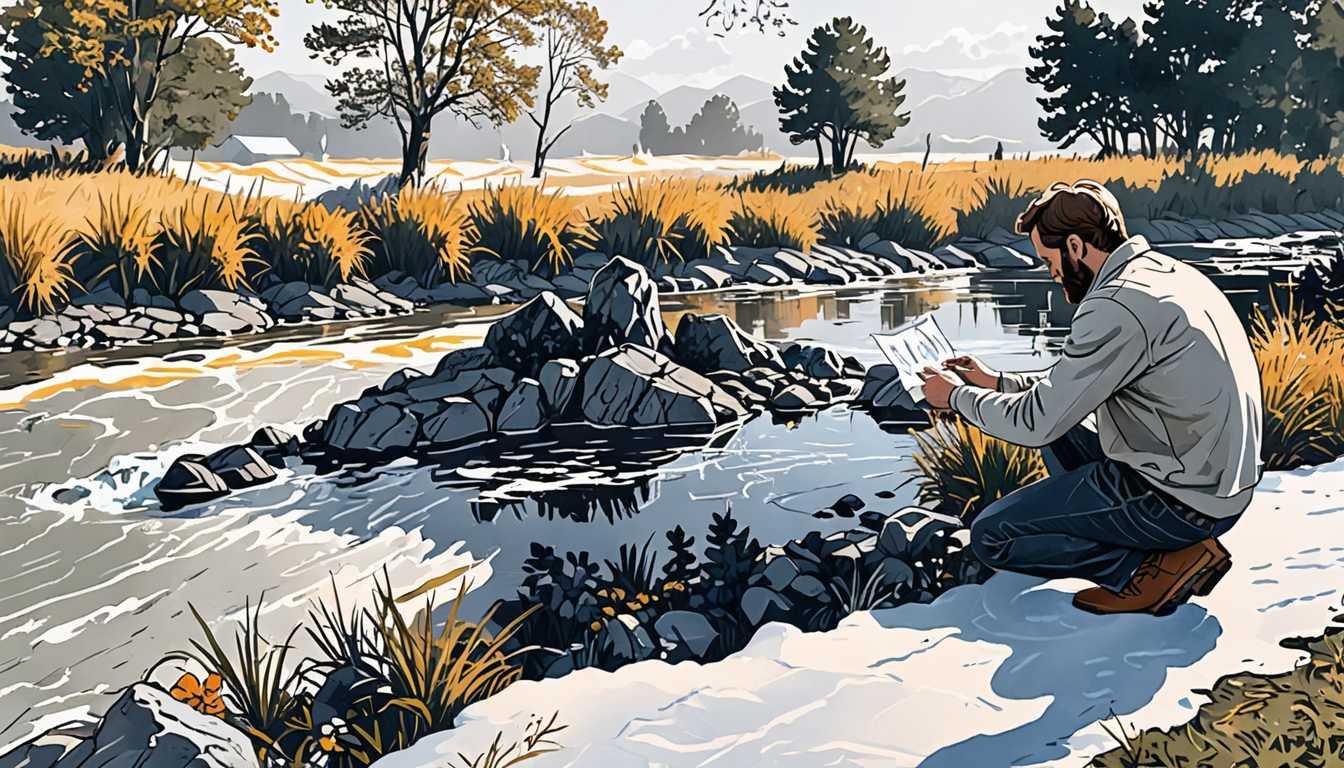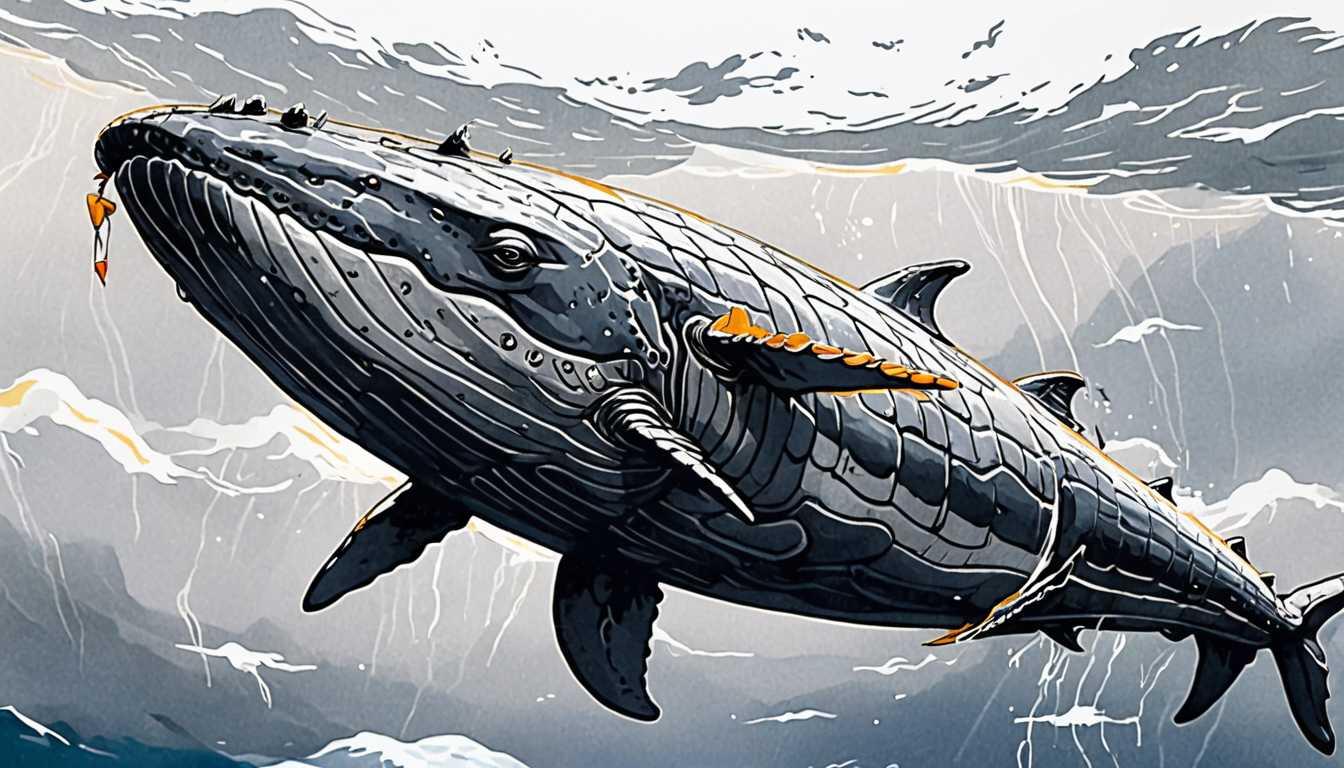Tree Planting: A Hotter Arctic Surprise
November 2024
U of Cambridge Research
Introduction
Hey there, eco-warriors! Did you know that planting trees in the Arctic might actually heat things up instead of cooling them down? Scientists from the University of Cambridge and the University of Århus warn that trees in these chilly regions can disturb the balance of carbon and sunlight, potentially making global warming worse. They suggest focusing on large herbivores instead! Check out this eye-opening research in Nature Geoscience and prepare to rethink what you thought you knew about planting trees!
READ FULL ARTICLEWhy It Matters
Discover how this topic shapes your world and future
Unpacking the Tree Planting Debate in the Arctic
Tree planting is often seen as a superhero move against climate change, but recent research suggests that planting trees in some areas—like the Arctic—might actually make things worse! Scientists from prestigious universities highlight how the unique Arctic ecosystems can be negatively impacted by tree planting. Instead of cooling the planet, these trees could absorb heat and disrupt the delicate balance of carbon stored in the soil. This is particularly important because the Arctic region contains vast amounts of carbon, and when trees invade these areas, they can lead to more carbon being released into the atmosphere. Understanding this topic is crucial for you as the next generation of leaders and problem solvers, especially since climate change is a global challenge that affects everyone. By learning about this issue, you can engage in meaningful discussions about sustainable practices and contribute to real-world solutions.
Speak like a Scholar
Ecosystem
A community of living organisms and their physical environment interacting as a system.
Carbon Storage
The process of capturing and holding carbon in various forms, such as in trees or soil, to reduce the amount of carbon dioxide in the atmosphere.
Albedo Effect
The measure of how much sunlight is reflected by a surface, lighter surfaces like snow reflect more sunlight than darker surfaces like forests.
Biodiversity
The variety of different species of plants and animals in a particular area, which is important for a balanced ecosystem.
Herbivores
Animals that primarily eat plants, in the context of the Arctic, large herbivores like caribou play a vital role in maintaining ecological balance.
Sustainable Practices
Methods of using resources that meet current needs without compromising the ability of future generations to meet their own needs.
Independent Research Ideas
The Role of Indigenous Knowledge in Climate Solutions
Explore how local communities in the Arctic can provide valuable insights into sustainable practices and biodiversity conservation.
Comparative Study of Carbon Storage in Forests vs. Tundra
Investigate the differences in carbon storage capacities between tree-dominated areas and untouched tundra ecosystems.
The Impact of Large Herbivores on Arctic Ecosystems
Examine how species like caribou affect plant life and soil temperatures, and their role in climate moderation.
Albedo Effect and Climate Change
Analyze how different surfaces (like snow, ice, and forests) influence the Earth’s temperature and contribute to the global energy balance.
The Future of Tree Planting Initiatives
Research alternative methods for carbon sequestration that do not involve tree planting, focusing on innovative, nature-based solutions.
Related Articles

Fungi: Nature's Firefighters in Action!
May 2024
JSTOR Daily

Rivers Under Threat: The Pollution Puzzle
October 2024
Imperial C London News

Secret Lives of Everyday Products
August 2022
National Geographic

Reforestation: Nature’s Cost-Effective Climate Hero!
August 2024
Berkeley Rausser

High Seas: A New Hope
March 2023
BBC